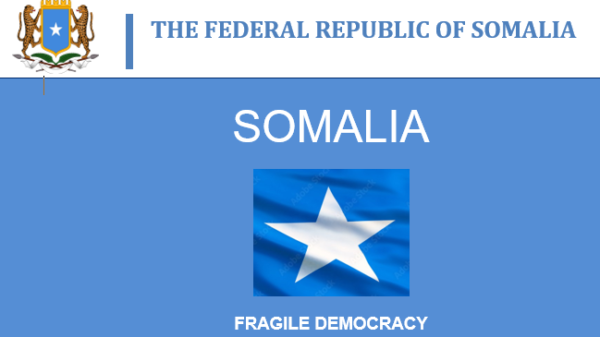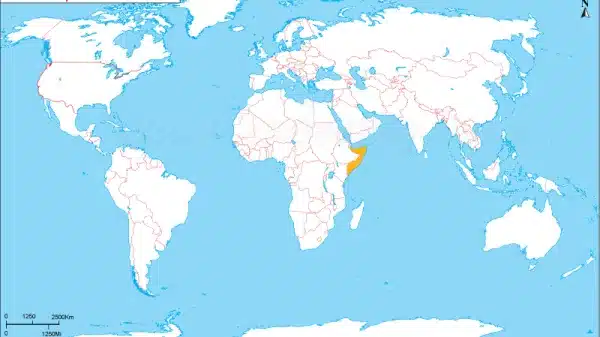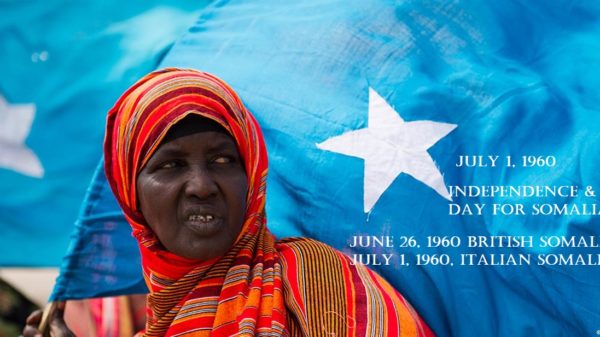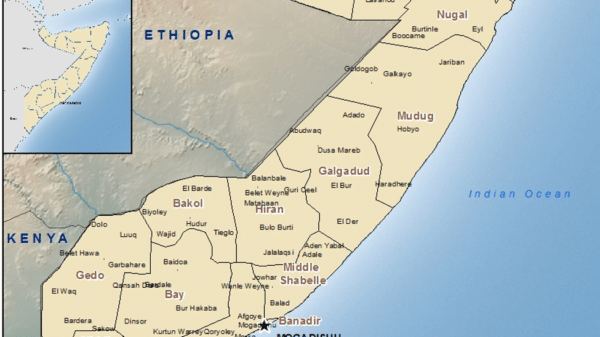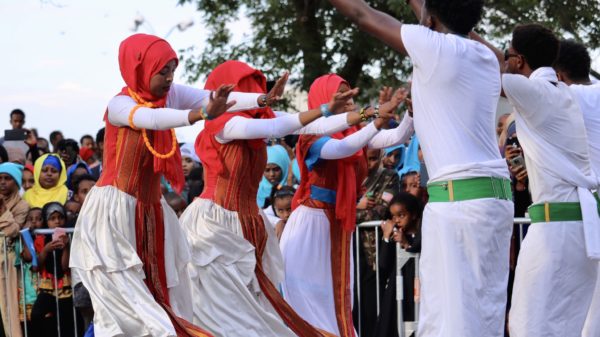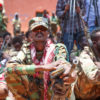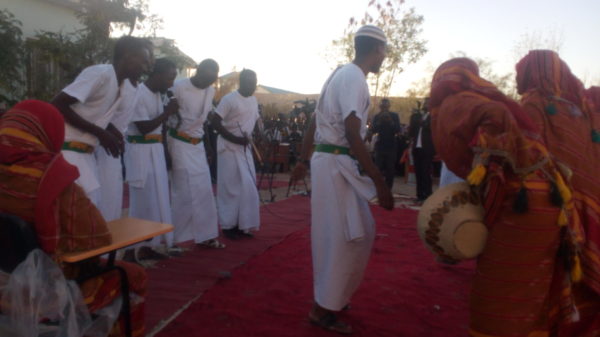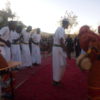The Ancient History of Somalia
Dating back to ancient times, the history of the Somali ethnic group is intertwined with the Islamic expansion narrative and trade expeditions conducted along the northeastern coast of Africa. Around the same period Islam emerged, during the 7th century B.C., a majority of the Somali people embraced the faith.
Ample historical evidence attests to the trade and cultural connections between ancient Egypt and present-day Somalia, also known as the Land of Punt. Specifically, Egyptian records from 5021 years ago, approximately 3000 B.C., document the earliest Pharaonic expedition to Somalia, undertaken to acquire frankincense and myrrh. Further historical records indicate even earlier contact between the two civilizations.
Moving on to the common era, Somali history is replete with notable occurrences. Arab and Persian migration is evident as well as robust trade and cultural interactions with Asia, including Far East Asia. The Historical Dictionary of Somalia records the migration of a group from Oman in 695 A.D., who settled on the East African coast, particularly in Somalia. It also notes the arrival of the first Shi’ite migrants in Somalia in 739 A.D. At this juncture in history, Mogadishu emerged as a global trading hub that attracted numerous immigrant groups, primarily from Oman, Persia, and India.
The flourishing coastal trading posts along the Gulf of Aden and the Indian Ocean solidified Somalia’s close trading relations with the Arab Peninsula, Persia, India/Pakistan, and China in Far East Asia, dating back to the 12th century B.C. In 1331, the renowned Moroccan explorer and Islamic historian Ibn Battutah embarked on a journey to Mogadishu and other coastal cities. His vivid account described Mogadishu as an “exceedingly large city” teeming with wealthy merchants. The city was particularly renowned for its high-quality fabric, which it exported to Egypt and other locations.
"Many Empires Rise and Fall in the Somali History"
In the early 14th century, the Ajuran Empire, based in Mogadishu, Somalia, appointed an ambassador to China with clear instructions and valuable gifts in order to establish relations. Ambassador Sa’id of Mogadishu, a well-known scholar, became the first African to study Mandarin and translate works from the language into Arabic and Somali using Arabic scripture. He was also credited with making Somalia a hub for trade between Africa and Asia.
It should be noted that this was not the only recorded trip between China and Africa, as trade and diplomatic relations continued well into the present. There are even photographs as evidence of this interaction. Ambassador Sa’id, born in Mogadishu in 1301, spent 28 years studying various Islamic disciplines in Mecca and Medina before his death between 1361 and 1365.
Moving to the early 16th century, the Yemeni author Sihab ad-Din Ahmad bin Abd al-Qader recounts the religious conflict between the Ethiopian Orthodox Church and Somali Muslims in the region. The jihad, or holy war, led by Imam Ahmad bin Ibrahim, commonly known as Ahmad Gurey or the Left-Handed, is a significant historical event of the time. The author, an eyewitness to many of the battles he describes, provides invaluable insights.
His renowned book, “Futuh al-Habasa” or “Conquest of Abyssinia,” is filled with human drama, often tragic, and greatly enhances our understanding of this crucial period in history. Within his book, the author details the intense struggle between the church and the mosque in the region. The Somali forces, under the leadership of Imam Ahmad bin Ibrahim, successfully occupied a large part of Ethiopia. Emperor Lebna Dengel’s resistance was near collapse, leading many Christians to convert to Islam.
For nearly a century, the victorious Imam’s regime ruled over the entire region, encompassing present-day Ethiopia and Somalia. However, the struggle persisted, and Imam Ahmed Gurey died in battle on February 21, 1543. His successor, Amir Nur, faced even stronger resistance, resulting in defeat at the hands of the Ethiopian Orthodox Church, which received support from European Christian Churches led by Portuguese crusaders.
The Muslim army gradually disintegrated, with soldiers making their way back to mainland Somalia. Some Muslim converts even reverted to their former faith. The spread of Islam in Ethiopia is largely attributed to the efforts of Imam Ahmed Gurey and his struggle.
Feedback
Dear reader, please remember that your feedback is very important to us, so please give us a comment and follow our social media pages below.
Thank you
Get social
Author
-
Strategic Communication Specialist and Consultant, graduated from The Ohio State University with Strategic Communication major and Journalism. Follows the social and political changes of the wider East Africa region, with keen interest of the Somali news and issues, with over 12 years media and communication experience in the region.
View all posts











